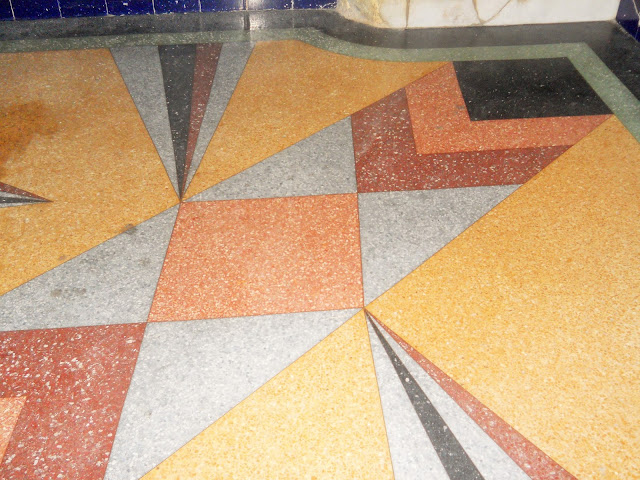En los 40 surge el intento de crear una nueva tipología urbana que, sin romper con la homogeneidad de la trama vial, permitiese al mismo tiempo generosas zonas verdes.
Aparecen así las calles laterales y los patios semiinteriores que separan los bloques entre sí, conservando distancias restringidas con el fin de conservar el tejido compacto.
Es la concepción del ‘cortijo’ que ya había tenido diversas aplicaciones en California y ahora se difunde en Miami y La Habana.
Constituye el último intento por lograr un equilibrio entre la cuadrícula y la ‘ciudad jardín’ antes de la desintegración definitiva de la vivienda individual en los suburbios.
En La Habana, durante los años 1940, los grupos de apartamentos de entre dos y cuatro plantas, dispuestos alrededor de un patio semiabierto a la calle, se difunde básicamente en los barrios del Vedado y Miramar.
Un buen ejemplo es este complejo residencial construido por el tándem Castellá y y Lecuona, donde los arquitectos se mantienen apegados a las verticales y reproducen un ‘efecto’ urbano -reminiscencia de La Habana centro-, trazando no un patio sino una calle interior.
La decoración, concentrada en puntos concretos de las fachadas, es de las más exuberantes en estilo art decó de La Habana.
Eng.
Architects: Castella and Lecuona, 1941.
This endeavor prompted the surge of sidestreets and inner courtyards within the residential blocks, keeping a short distance to preserve the compact urban fabric.
It followed the 'cortijo' idea that had already been widely applied in California and was then expanding in Miami and Havana.
It stood as the last attempt to get the balance right between the grid urbanism and the concept of a garden city before the final disintegration of the single family homes in the suburbs.
Subsequently, all throughout the 1940s, condominiums ranging from two to four storeys and set around a 'patio' half-open to the street, sprawled mainly across the Vedado and Miramar quearters.
This complex of residential buildings built by a team of architects, Castellá and Lecuona, stands as a good example. It comprises a first row of houses, facing both 19th and 8th streets, and a second one lying behind a landscaped alley.
The façades are lavishly decorated, showing some of the finest art deco motifs you can find in Havana.



























No hay comentarios:
Publicar un comentario